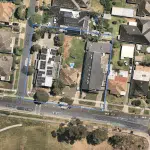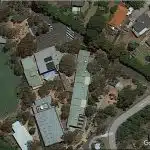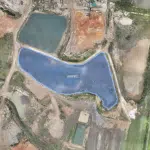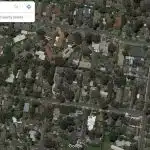
Elevating Architectural Design: Avian Australia's Aerial Photography Success Story
Introduction
In this case study, we will explore how Avian Australia, a leading surveying, imaging, and reality-capture company, addressed the unique needs of commercial architects in obtaining high-resolution, precision aerial photography for their projects. Avian Australia’s innovative approach to aerial photography has transformed the way architects utilise high-resolution aerial imagery in their renders, marketing and sales materials.
Client Background
Commercial architects play a pivotal role in designing contemporary structures that rely heavily on aerial photography for various project stages. While drones offer a quick and cost-effective method for capturing aerial images, they often fall short in terms of image quality, particularly in low-light conditions. The limitations of consumer drone camera sensors, lack of sharpness, and limited lens options can pose challenges during post-production image stitching.
For commercial architects, achieving exceptional image quality is essential for client satisfaction and the success of their projects. Recognising this need, Avian Australia has tailored its services to provide a comprehensive range of professional aerial camera and lens configurations, ensuring clients receive both outstanding image quality and rapid turnaround times for their architectural projects.
Problem Statement
In the realm of commercial architecture, high-quality aerial photography, architectural renders, and visualizations are indispensable for design concepts, marketing, and sales. However, ensuring precise altitude positioning and exceptional image quality can be a complex undertaking. Architects often require images from multiple heights to accurately represent perspectives from various points within a building.
Avian Australia met the challenge of delivering not just basic aerial photography but precise, client-specific images that matched site plans and renders. This involved job site planning, in-depth client consultations, and careful consideration of camera calibration, positioning, and safety measures. With limited daylight hours, the margin for error was slim, emphasizing the need for a seamless and efficient process.
Avian Australia’s Solution
Avian Australia’s solution involved deploying a custom enterprise-grade multirotor equipped with a 62-megapixel camera and an f1.2 50mm G Master lens. This combination ensured the capture of sharp, high-quality images even in low-light conditions, eliminating the need for post-production image stitching and potential alignment errors.
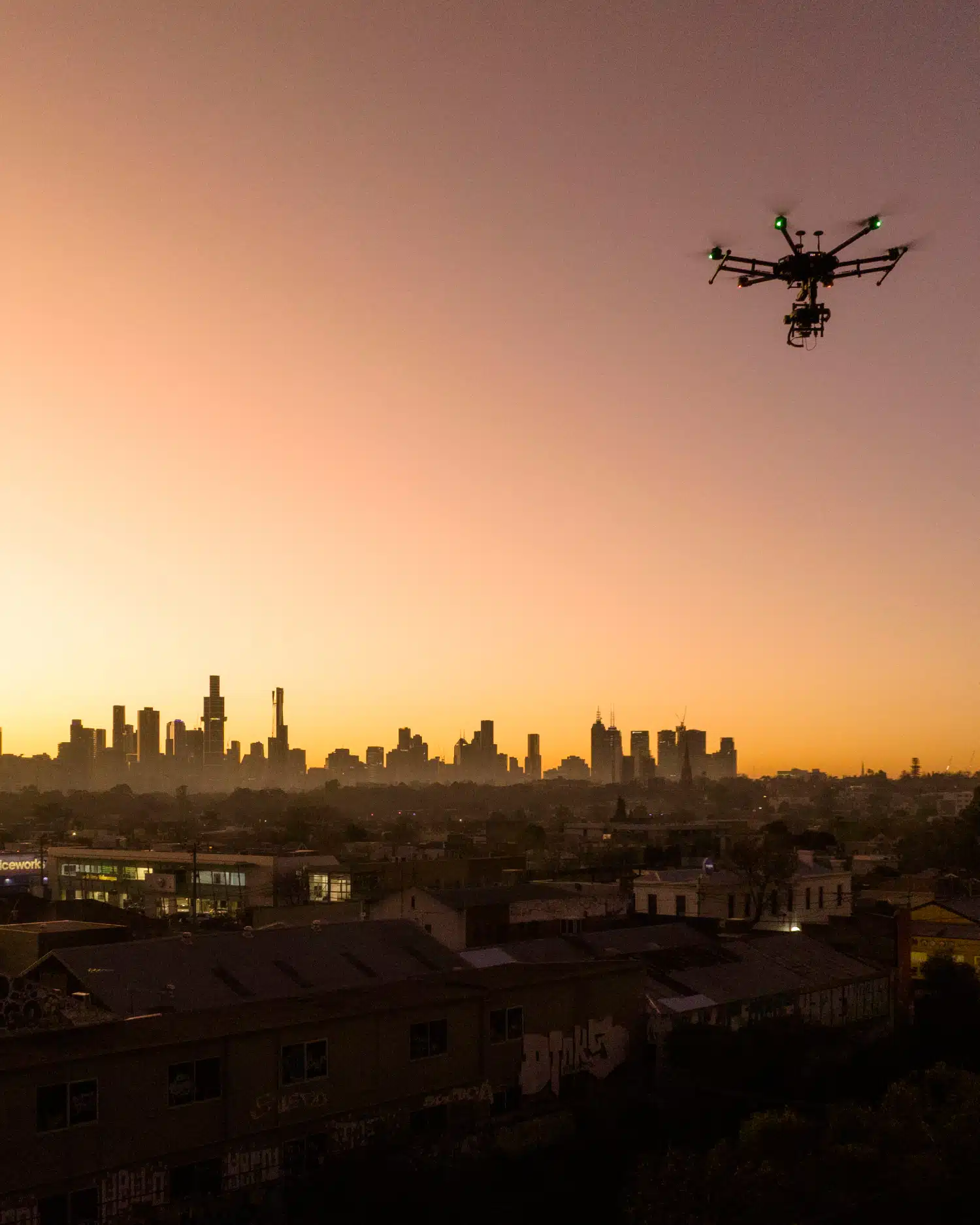
Implementation
Avian Australia conducts meticulous job planning, testing and calibration of our equipment prior to the job. Using our process we position our aerial camera to match the specified levels provided by the client and marked out positions for capturing multiple perspectives and levels across the site. Safety zones are setup on location and the equipment and images are quality checked to ensure quality image capture and to avoid any unexpected issues during the shoot.
Results
The results were exceptional:
✓ Multiple levels, positions and views were captured in a single visit, ensuring precise level views, and avoiding costs compared to helicopter-based solutions.
✓ 360-degree panoramas provided comprehensive views in all directions.
✓ The client could immediately create renders from the images, as the exact camera positions matched their requirements.
✓ Multiple images and views, including 360 panoramas, were made available to the client, enhancing design, context, and marketing capabilities.
✓ Avian Australia’s fast turnaround ensured that images were delivered to the client the very next day, facilitating their integration into existing renders and marketing campaigns.
Choosing the right Aerial Photography Service
At Avian Australia, we offer a range of photography and video production services tailored to meet the specific needs of architects, designers, property managers and construction managers. When choosing the right package, consider the scope of your project, the level of detail required, and your budget. Contact us today to discuss your project and receive a customised quote.
Avian Australia Commitment
Avian Australia’s innovative approach to aerial photography and reality capture has revolutionized the way commercial architects access and utilize aerial imagery in their projects. By offering exceptional image quality, precise altitude positioning, and efficient turnaround times, Avian Australia has become an invaluable partner in the field of commercial architecture, empowering architects to bring their visions to life with unmatched precision and clarity.
